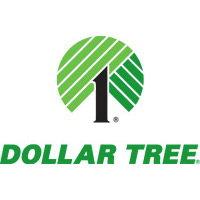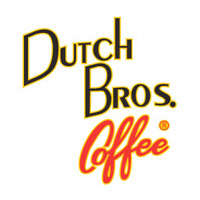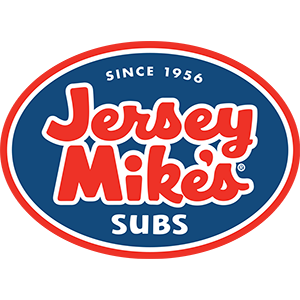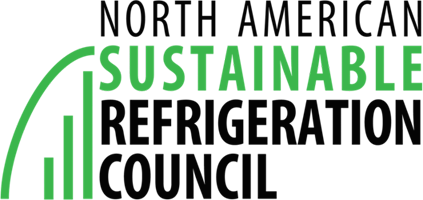Global Warming And Commercial Refrigeration
The Global Warming Solutions Act, or AB-32, was signed into law in September 2006 by Governor Schwarzenegger as the linch-pin of his strategy to provide the state with a comprehensive program of regulatory and market based mechanisms to reduce greenhouse gas emissions within the state of California. A broad base of California’s businesses were affected by the law on January 1, 2010 because of the impact the law has on specific commercial refrigeration gases that have been categorized as greenhouse gases.
 The Stationary Equipment Refrigerant Management Program covers all non-residential, fixed commercial refrigeration equipment and requires the reduction of refrigerant emissions from commercial refrigeration with high global warming potential. In other words, AB-32 limits the use of chlorofluorocarbons, hydrochlorofluorocarbons, perfluorocarbons and hydrofluorocarbons. While these substances were already regulated by the Environmental Protection Agency (EPA) through the US Clean Air Act, the Refrigerant Management Program as it relates to commercial refrigeration expands their control within the state of California.
The Stationary Equipment Refrigerant Management Program covers all non-residential, fixed commercial refrigeration equipment and requires the reduction of refrigerant emissions from commercial refrigeration with high global warming potential. In other words, AB-32 limits the use of chlorofluorocarbons, hydrochlorofluorocarbons, perfluorocarbons and hydrofluorocarbons. While these substances were already regulated by the Environmental Protection Agency (EPA) through the US Clean Air Act, the Refrigerant Management Program as it relates to commercial refrigeration expands their control within the state of California.
Commercial Refrigeration Compliance
Beginning January 1st, 2011 all organizations within the state of California that have commercial refrigeration systems that use more than 50 pounds of high global warming refrigerant substances must be in compliance with the restrictions imposed by AB-32 and the Refrigerant Management Program. For most small businesses that have commercial refrigeration or cooling systems this won’t be an issue, but for larger organizations like supermarkets, grocery stores, food processors, warehouses and other cold storage facilities, and manufacturers that use industrial process commercial refrigeration they will most likely be affected.
All facilities (large and small) will be required on January 1st, 2011 to initiate a leak detection, monitoring, and record keeping program for their commercial refrigeration systems. This means a continuous monitoring system must be in place that alerts the organization of a leak. The leak detection system can be a direct system that detects the presence of leaky commercial refrigeration systems or an indirect system that interprets measurements like temperature or pressure within the commercial refrigeration system. Both options require that the owner of the system contacts a certified technician when needed to fix the leak as soon as it is detected. As of January 1, 2011 all technicians involved in servicing facility equipment must be US EPA certified and must follow required service practices when determining root cause and fixing the leak in the commercial refrigeration.
Commercial Refrigeration Cost Savings Potential
Overall, the opportunity for controlling the emission of greenhouse gases from commercial refrigeration systems can present a cost saving opportunity to organizations that use them. It has been estimated that facilities that reduce their leakage of commercial refrigerants from 30% per year down to 10% can save approximately $2,200 per 1000 pounds of refrigerant per year. Additionally, the impact to the environment from this program will be a drastic reduction in the contribution of greenhouse gases to the atmosphere by California organizations that utilize commercial refrigeration systems.









